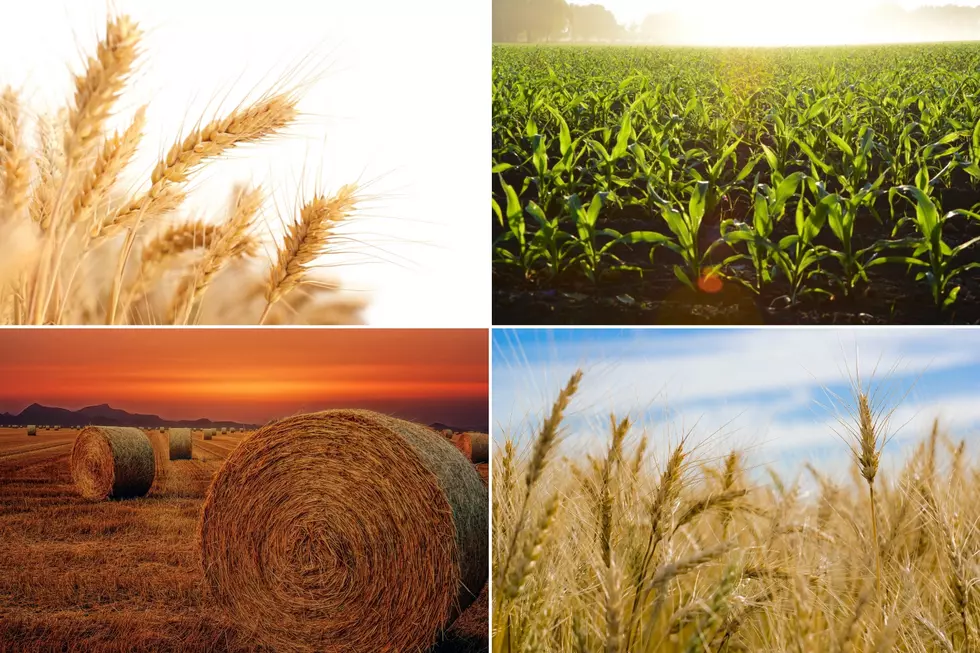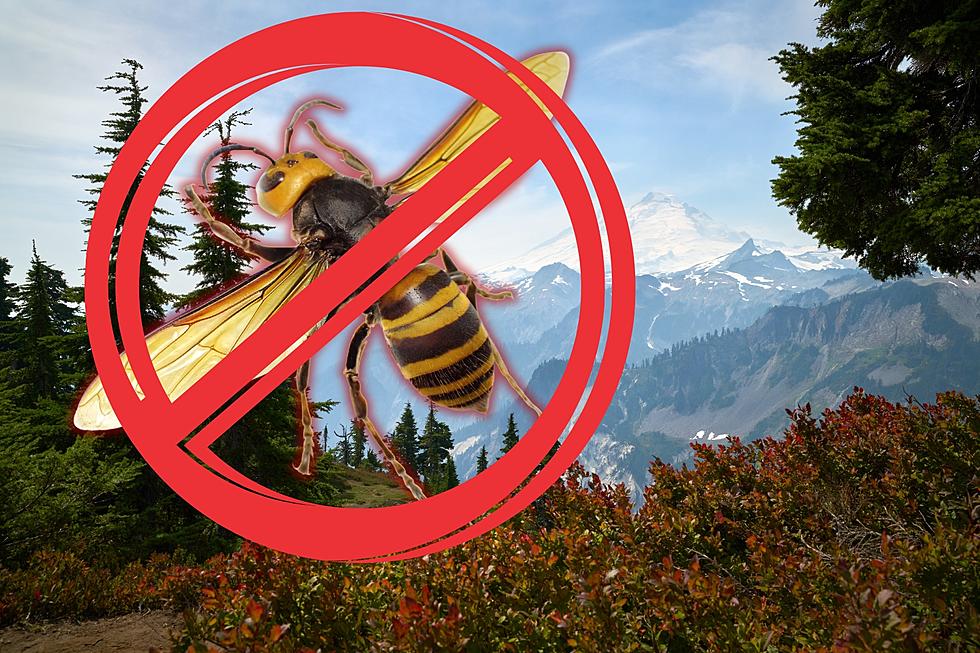
How Did USDA Work With WSDA To Find The Asian Giant?
When the Washington state Department of Agriculture worked to find the Asian Giant Hornet in early 2020, they turned to USDA's Agricultural Research Service.
So, how did ARS help local officials?
With a trap.
"That trap helped lead us to the nest, the first nest of this invasive insect. And so because of that, we were able to help the state of Washington and all of agriculture, honestly, to be able to respond to this new invasive insect."
ARS Administrator, Chavonda Jacobs-Young, said scientists also sequenced the hornet's complete genome, and made the information publicly available.
"For scientists they know why this is so very important. The genome was sequenced in just months, and so if we are to look back on history, this is in itself an innovation to be able to sequence this hornet in just months."
She noted the information helps build a greater understanding of the hornet's population dynamics, "and most importantly it helps us develop controls to prevent the insect from becoming established in the United States," Jacobs-Young continued.
If you have a story idea for the PNW Ag Network, call (509) 547-1618, or e-mail gvaagen@cherrycreekmedia.com
More From PNW Ag Network









